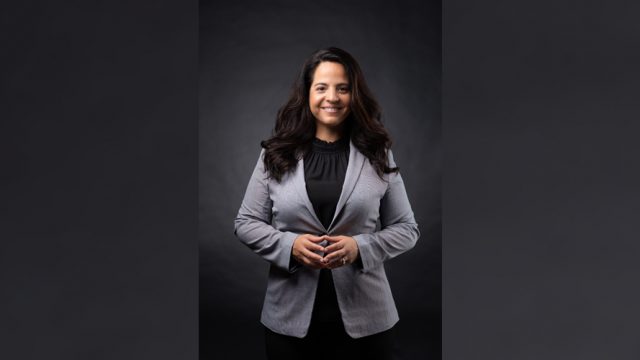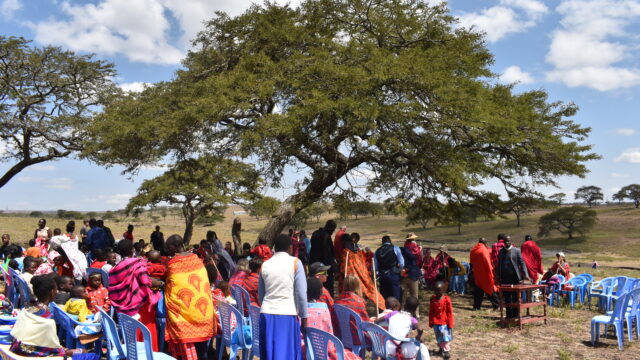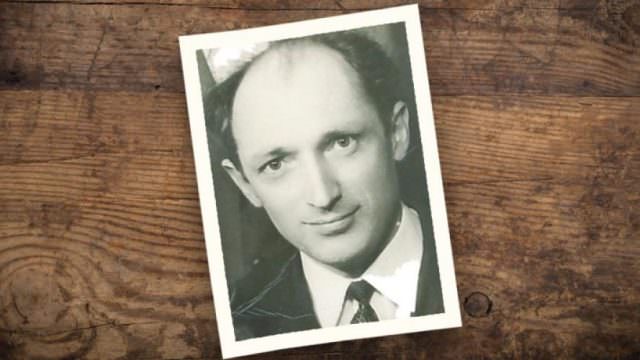Listening to Scripture’s clear voice

The opening pages of Scripture set forth God’s ideal for marriage, and this Edenic model provides the foundation for the rest of the biblical treatment of the subject. The biblical “gemstone” of marriage glistens with seven major facets.
- A Heterosexual, Monogamous Marital Form
According to the divine pattern established with the first couple in the Garden, and in the accompanying explicit application to future marriages (Gen. 2:18-24), the marital form is a heterosexual duality, between “a husband [Hebrew, “man”] and his wife [Hebrew, “woman”]” (verse 24). The pairing of both nouns in the singular also clearly implies a monogamous marriage, to be shared exclusively between two marriage partners.
- Complementarity and Equality of the Marital Partners
The Genesis 2 creation account opens with the formation of the man (verse 7). The man is alone and this is “not good”; he needs an ‘ezer kenegdo—a “helper/benefactor who is his counterpart” (see verse 18). So God “builds” (Hebrew, banah, implying “aesthetic design!” [verse 22]) a woman to be alongside him as his counterpart. At his first sight of Eve, Adam in effect exclaims, “At last! Here’s the complement of myself!” (see verse 23).
Genesis 2 also represents the woman as the climax, the crowning work of Creation. She is created from a rib from Adam’s side to show that she is to stand by his side as an equal. As man’s ‘ezer kenegdo, the woman is not only a “complementary counterpart” but an “equal partner.”
- Exclusivity in Marriage
After describing the first garden wedding (Gen. 2:22, 23), Moses summarizes several facets of the first marriage that are fundamental to all future marriages (verse 24). First, man is to leave (Hebrew, ‘azab). The Hebrew term means “to leave, abandon, forsake,” and elsewhere describes Israel’s forsaking of Yahweh for false gods (e.g., Deut. 28:20). The “leaving” of Genesis 2:24 indicates the necessity of freedom from outside interferences that might encroach upon the exclusivity of the marital relationship.
It was expected in Moses’ time that the woman would leave her family, but Moses states what was revolutionary for his culture: the man also was to leave! Both were to leave—to form a distinct family unit publicly recognized and respected by the couple’s families, the community of faith, and the society at large.
- Permanence in Marriage
Both man and woman are also to cleave (Hebrew, dabaq) to one another (Gen. 2:24). The Hebrew word denotes “clinging, sticking, remaining physically close, as skin to flesh and flesh to bone.” In the Old Testament the term is often used for the permanent covenant bond of Israel to the Lord (e.g., Deut. 10:20; 11:22). In Genesis 2:24 it clearly indicates a covenant context, i.e., a mutual commitment of the couple expressed in a formal marriage covenant, echoing the “oath of covenant solidarity” expressed by Adam to Eve (verse 23)—the equivalent to our marriage vows. The word dabaq also emphasizes the inward attitudinal dimensions of the covenant relationship, a devotion and unshakable faith between marriage partners, mutual steadfast love, goodwill, fidelity, and commitment to permanence.
- Intimacy in Marriage
After “cleaving” in a marriage covenant, man and woman are to “become one flesh” (Gen. 2:24). This primarily denotes the sexual union of man and woman (see 1 Cor. 6:16). Note that this “one flesh” union follows the “cleaving” and thus comes within the context of the marriage covenant. Sexual union is to find expression only inside the marital relationship. The term basar, “flesh” in the Old Testament, refers not only to one’s physical body but to a person’s whole existence in the world. By “one flesh” is thus connoted mutual dependence and reciprocity in all areas of life, a unity that embraces the lives of two persons in their entirety.
A final word regarding intimacy in marriage in Genesis 2 comes in verse 25: “And they were both naked, the man and his wife, and were not ashamed.” The intimate relationship between husband and wife is designed by God as an experience of love, pleasure, celebration, and bonding, a blessing to be enjoyed without fear, inhibition, shame, or embarrassment.
- Marriage and Procreation
Having children is not the primary purpose of the “one flesh” experience in marriage in Genesis 2. This is not to deny the importance of procreation (as indicated in the added divine blessing “be fruitful and multiply” [Gen. 1:28]). But by the “full stop” after “one flesh” in Genesis 2:24, sexual union is given independent meaning and value. It does not need to be justified only as a means to a superior end, i.e., procreation.
- The Wholesome Beauty and
Joy of Marriage
When “God saw everything that He had made”—including the institution of marriage—“indeed it was very good” (Gen. 1:31). The Hebrew expression tov me’od (“very good”) connotes the quintessence of goodness, wholesomeness, appropriateness, and beauty. After the formation of woman, “the Lord God . . . brought her to the man” (Gen. 2:22). The Creator Himself officiated at and celebrated the first wedding. According to the divine design, the marriage relationship between husband and wife is closely bound up with the spiritual relation of both partners to their Creator.
Return to Eden
In the New Testament Jesus hallows marriage by performing His first miracle at a wedding feast (John 2:1-11). Both Jesus and Paul affirm the Edenic ideal for marriage by citing Genesis 2:24 (Matt. 19:5; Eph. 5:31). John uses the marriage metaphor to depict the relationship between God and His people in the windup of the great controversy and description of the new creation (Rev. 19:7; 21:2, 9: 22:17).
In the Song of Solomon—an entire book of the Bible illustrating a return to the Edenic model for marriage—the love between husband and wife is nothing less than “the flame of Yahweh” (see S. of Sol. 8:6). God is the ultimate source of holy love. He will cause the love flame to burn ever brighter in our marriages as we claim His promise!
Richard M. Davidson, Ph.D., is the J. N. Andrews professor of Old Testament Interpretation at the Seventh-day Adventist Theological Seminary, Andrews University, in Berrien Springs, Michigan, United States.
The marriage relationship between husband and wife is closely bound up with the spiritual relation of both partners to their Creator.








